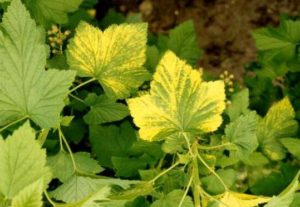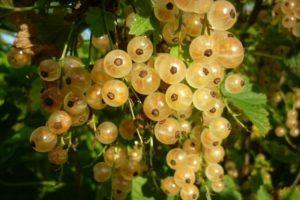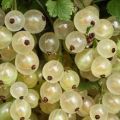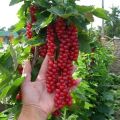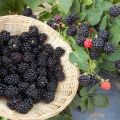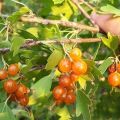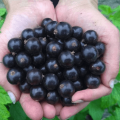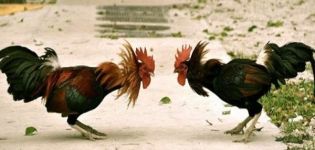Description of the best varieties of white currant, planting, growing and care
Growing and caring for white currants is not too difficult. The shrub is simple in agricultural technology. But to get a good harvest, it is recommended to follow the advice of agronomists. The plant is very decorative: some gardeners cultivate shrubs not only to obtain tasty fruits, but also to decorate the site. Planted along the paths, they act as a living barrier.
Biological features
White currant is a plant of the genus Currant of the Gooseberry family. The first representatives of the shrub are a product for the “domestication” of wild red currants. Today breeders have created many interesting plant varieties.
Description of the plant:
- shrub up to 1.5 m high (with good care, some varieties grow up to 3 m);
- shoots are covered with greenish-brown bark (its color darkens over the years);
- the berries are round or slightly elongated;
- taste: sour to sweet;
- colors: all shades of yellow, pink, cream;
- flowers are green-yellow, collected in a brush;
- the leaf has 3-5 lobes, the edges are serrated.
Gardeners like that the plant is resistant to shedding: after ripening, the berries stay on the branches for a long time.

Popular types
Breeders create varieties with different characteristics. They are suitable for the successful fruiting of currants in various regions, therefore, before buying a shrub for planting in the garden, it is recommended to study the characteristics of the most common varieties.
English white
Plant characteristic:
- compact bushes;
- excellent frost resistance;
- ripens early;
- refreshing berry taste.
Gardeners like that the fruits grow large: up to 1.5 g. An adult plant pleases with stable yields: up to 5 kg. But the shrub is not self-fertile: it needs pollinators.

White squirrel
It holds the first place in terms of early maturity of species: the first berries can be tried the next year after planting. The shrub is not affected by insects, does not get sick. Gardeners like frost resistance.The species is self-fertile, but when planted next to the pollinator variety, the yield increases by 20-30%.
White grapes
The advantages of the variety:
- frost resistance;
- drought resistance;
- compactness of the bush;
- sweet berry taste.
Ripening period of berries is average. But when planting, it should be borne in mind that the variety is not self-fertile. You will need pollinators to harvest.
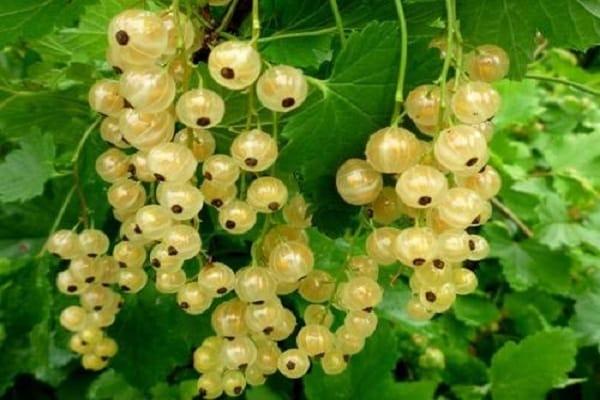
Dutch white
Shrub characteristics:
- compactness;
- not susceptible to major diseases;
- ripening period is medium early;
- gives up to 4 kg per plant;
- the pulp is juicy;
- the taste is sweet and sour;
The advantages of currants are: preservation of ovaries during recurrent frosts and self-fertility.
Dessert
High-yielding (yields up to 6 kg) shrub with large berries. Ripens early. The habit is compact, the fruit is honey. The shrub does not get sick, it perfectly tolerates weather changes.

Cream
Shrub features:
- does not get sick, is not damaged by pests;
- matures early;
- low frost resistance;
- compactness;
- high yield (up to 6 kg per bush);
- low transportability due to thin skin;
- cream-colored berries;
- the taste of berries is sweet and sour;
- the pulp of the fruit is juicy.
When planted in areas where winters are cold, the shrub freezes.
Jüterborg
The shrub was bred by European breeders. It passed the tests in the Urals and Siberia perfectly. Specifications:
- high frost resistance;
- mid-early ripening;
- excellent drought resistance;
- high yield (up to 8 kg per bush);
- resistance to fruit shedding;
- compactness;
- tendency to thicken;
- berries are not aligned.
When planting, consider the low anthracnose resistance.
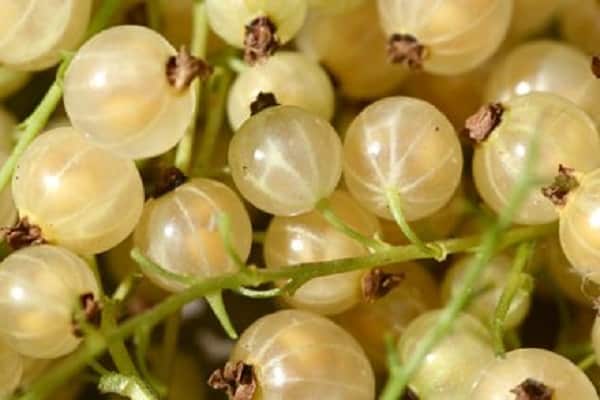
Primus
A product of Czech breeders. Distinctive features:
- average ripening period;
- resistance to all known currant diseases;
- high yield (up to 10 kg per plant);
- compactness;
- resistance to shedding of berries after ripening;
- high frost resistance;
- large lined berries (weight up to 1 g);
- the taste of the fruit is sweet and sour.
The variety has practically no flaws.
Boulogne
A variety of medium early ripening. Distinctive features:
- compact bushes;
- the variety is resistant to dense planting;
- low frost resistance;
- mid-early ripening;
- refreshing (sweet and sour) berry taste.
The variety is weakly resistant to anthracnose.
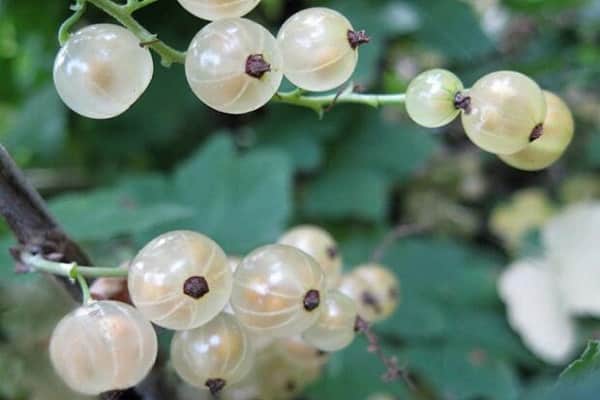
Belyana
A variety with slightly spreading bushes. Specifications:
- high frost resistance;
- excellent drought resistance;
- self-fertility;
- friendly return of the harvest;
- the taste of the berries is excellent;
- the skin is thin;
- the pulp is juicy.
The berries are poorly transported over long distances because of the thin skin of the fruit.
Minusinskaya white
The variety was obtained in Eastern Siberia. Its characteristics:
- excellent frost resistance;
- drought resistance;
- resistance to diseases and pests;
- large seeds in berries;
- low yield (up to 3 kg per bush);
- average ripening period;
- large berries (up to 1 g);
- the taste of the fruit is sweet and sour.
The variety feels good in the middle lane.
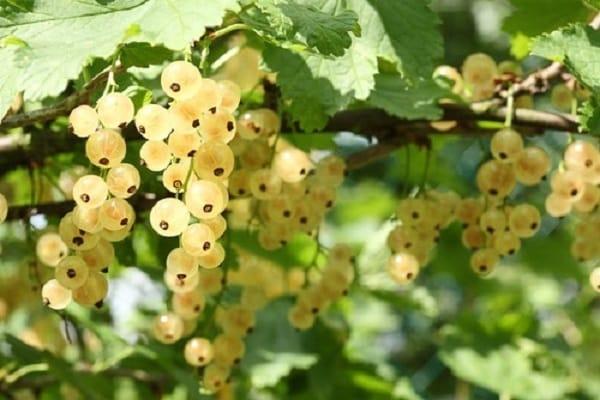
The most productive varieties
Beloplodka has a different yield. We recommend that you carefully evaluate this feature before purchasing.
Diamond (White Fairy)
Distinctive features of the species:
- the plant gives abundant annual growth (prone to thickening);
- ripening period is average;
- fruit color is yellow-white;
- the brush is long;
- lined berries;
- the taste is sweet and sour;
- there is no aroma;
- fruit weight up to 0.8 g.
The plant has a consistently high yield (up to 6 kg per bush).
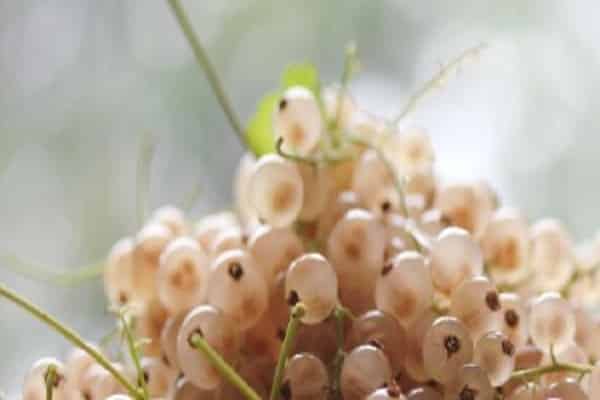
Bayan
The full name is Dessert Bayana. Plant characteristic:
- ripening period late;
- yield up to 6 kg per bush;
- the berries are round, white;
- the taste is sweet, refreshing;
- resistant to major diseases and pests;
- the height of the shoots is average;
- the plant tends to thicken.
Gardeners love the versatility of the fruit.They make excellent compotes, jellies, and jam. It's nice to eat fresh berries.
Versailles white
With proper care, it yields up to 5 kg per bush. Specifications:
- heat resistance;
- drought resistance;
- weak frost resistance;
- average ripening period;
- the plant is not fast-growing (it begins to bear fruit in the 4th-5th year of planting);
- high bush (up to 15 m);
- the taste of the fruit is sweet and sour;
- leveled berries (up to 1.3 g).
The plant has weak disease resistance.
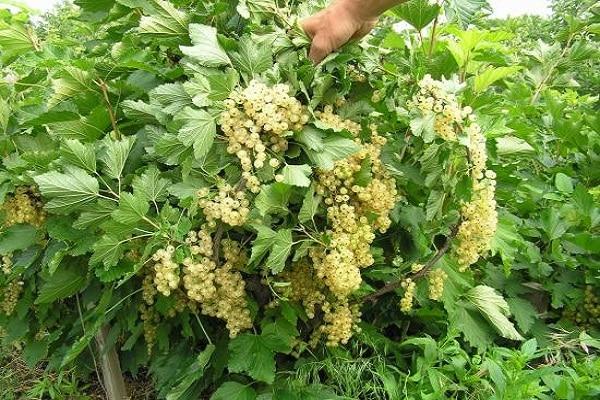
White Potapenko
A distinctive feature of the variety is sweet berries. Plant characteristics:
- compact bush;
- fast-growing variety;
- resistance to fruit shedding;
- the taste of the fruit is sweet and sour;
- yield up to 6 kg per bush;
- berries are medium (up to 0.8 g).
The plant is resistant to diseases and pests.
Ural white
Plant characteristic:
- the bush is of moderate size;
- curved branches;
- bark color is light green;
- gives abundant growth (the bush is prone to thickening);
- the leaf is large, light green;
- fruit color is yellow;
- the number of seeds is small;
- the taste is sweet, slightly sour;
- ripening period - mid-early.
The bush has high frost resistance, so it can be grown in regions with cold winters. Productivity - up to 6 kg per plant.

How to choose a variety depending on the region
In order for white currants to please with stable fruiting, you should choose the right variety for planting. At the same time, it is recommended to give preference to zoned species that have passed tests and are included in the State Register of Agricultural Plants.
The best varieties of white currant for the Moscow region
Breeders recommend planting in the region: Smolyaninovskaya, Primus, Versailles, White Fairy, Cream, Bayan. Plants are hardy enough to grow in the region. A warm period is enough for them to ripen the berries.
For the middle lane
The region gives stable yields: Smolyaninovskaya, Versailles, Cream.
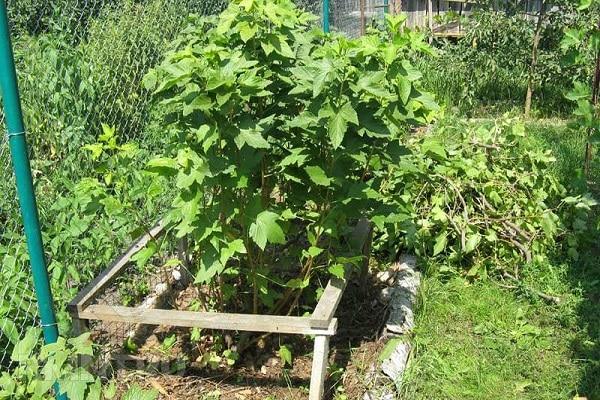
For the Urals and Siberia
Difficult climatic conditions of the Urals and Siberia are perfect for: Belyana, Versailles, Ural White and Smolyaninovskaya.
For southern regions
The following are included in the State Register for growing in the Southern Regions and the Black Earth Region: Cream, Smolyaninovskaya, Belaya Fairy, Primus, Bayana, Versailles.
Features of planting and care
White currant is an unpretentious plant. But to obtain consistently high yields, it is recommended to observe some features.
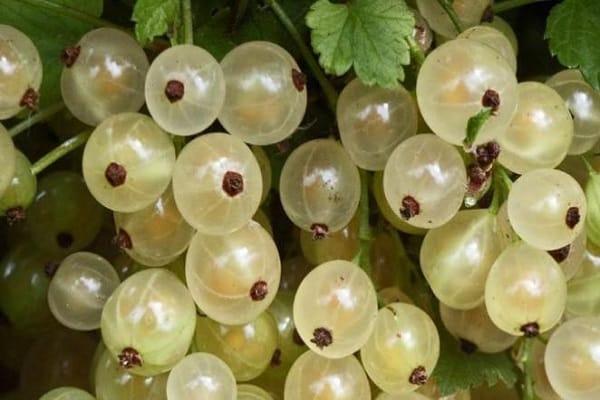
Optimal timing and landing pattern
For placement in the garden of shrubs with an open root system, autumn is ideal: late September - early October. If it is impossible to plant a bush in the fall, you can plant it in early spring (before the buds awaken).
Seedlings with a closed root system can be planted at any time (with a sufficiently warm soil).
When planting several shrubs, it is recommended to take into account their habit. The branches of neighboring plants should not close together. The average distance between plantings is 1 m.
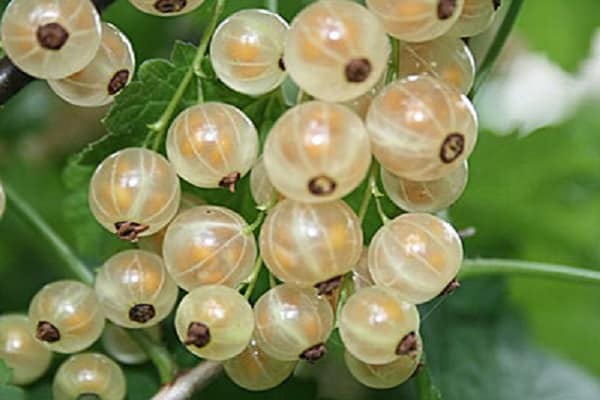
Soil preparation and fertilization
Before planting a plant, it is recommended to prepare a planting pit in advance. It is done six months before the intended landing.
The size of the pit is 60 x 60 x 60 cm. The excavated soil is mixed with mature organic matter (a bucket of compost, humus). Then the soil is returned to its place, the pit is closed.
Before planting, it is recommended to deacidify the soil (if necessary): add ash, fluff lime, dolomite flour.
When planting, fill the pit with a full mineral complex (potassium, phosphorus).
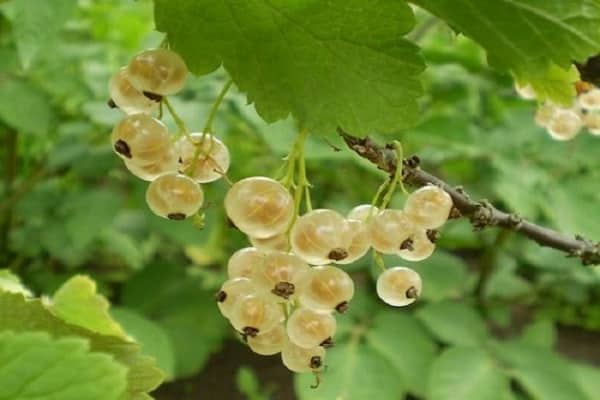
Planting technology of white-fruited cutting
When growing white currants in the open field, it is recommended to perform a competent planting. How to proceed:
- First you need to inspect the seedlings. Remove damaged and dead roots. If the root system is dry, it is recommended to soak the plant for 2 days in Kornevin's solution.
- Leave 2-3 strong shoots, cut the rest at the base. Shorten strong shoots to 2-3 buds.
- Lower the bush into the prepared landing hole, tilting to the north at an angle of 45 degrees. To deepen the root collar by 2-3 cm. This should be planted for better root formation and active growth of shoots.
- Compact and water the soil around the plant. Then mulch the trunk circle with peat or dried grass.
A properly planted bush begins to grow and bear fruit quickly.
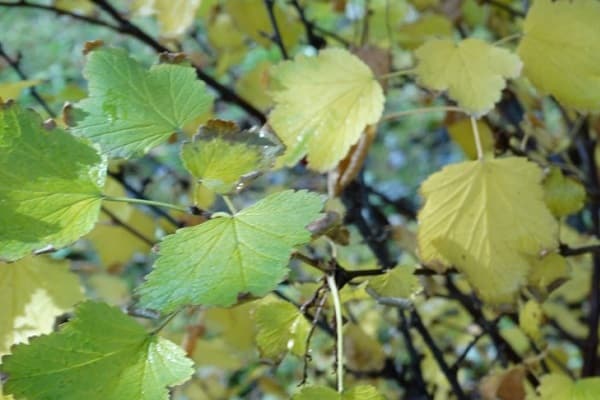
How to care for white currant bushes
For regular fruiting, white currant requires proper care.
Bushes processing
White currants are affected by pests and diseases. Therefore, it is recommended to carry out preventive spraying.
The first spraying is carried out in early spring, as soon as the average daily temperatures become positive. Copper sulfate, Bordeaux liquid or concentrated urea solution are used as a working solution.
Before wintering, it is recommended to spray the white boat again. Processing is carried out in October. The weather is calm, calm.
If after spraying it has rained for 3 days, the treatment must be repeated.

Irrigation mode
It is necessary to observe the moisture regime to obtain high-quality berries. Without sufficient moisture, the berries become smaller and dry.
In summer, the bushes should be watered as the soil dries up. The soil should get wet to a depth of 30-40 cm. It is convenient to water in the depressions made around the perimeter of the trunk circle.
After moistening and absorbing water, it is recommended to loosen the soil (to destroy the formed capillaries). Mulching the trunk circle allows you to reduce the number of waterings.
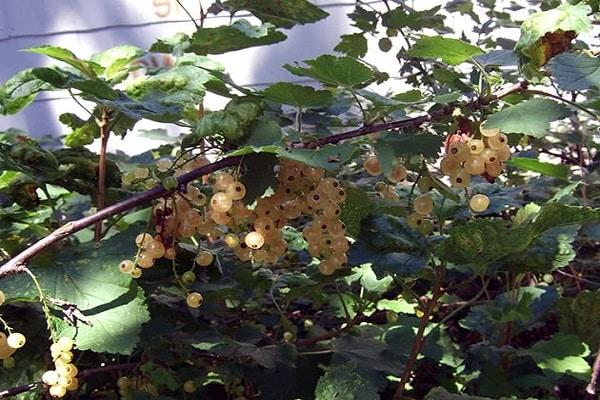
Sanitary and Forming Trim
Typically, formative pruning is done in the spring. But the whitefish is characterized by weak scarring of the sections. Long sap flow in spring weakens the plant. Therefore, it is optimal to prune in the fall.
The bush is formed within 5 years. During this time, he should receive 20 skeletal branches of different ages. Every year 3-4 strong shoots are left, the rest are removed. It is not recommended to shorten the branches: this will reduce fruiting.
Sanitary pruning is carried out throughout the year (if necessary).
Fertilization Regularity
Beloplodka pleases with the harvest only with regular fertilization of the bushes. In the spring, the plant requires nitrogen. To do this, a bucket of chicken manure or mullein infusion is introduced under every 2 bushes.
At the end of May, the bush is fed with potassium-phosphorus fertilizer. Application rate: 15 g per plant.
In wet summer, complex foliar feeding gives excellent results. The bushes are sprayed with a fertilizer solution according to the instructions.

Cleaning between rows
The aisles of the white currant should be kept free of weeds. To preserve moisture in the soil, the soil must be mulched with mowed and dried grass, peat, rotted sawdust.
Transfer
Adult bushes do not tolerate transplanting well. It is better to propagate the plant and plant a young bush in a new place.
Shelter plants for the winter
The whitefish hibernates without shelter. But in regions with harsh winters, it is necessary to ensure that the plant is completely covered with snow.
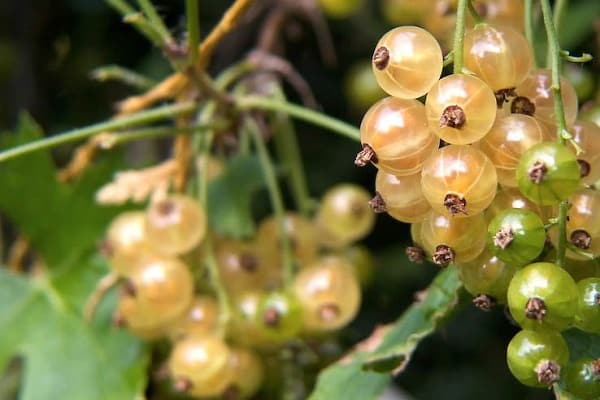
Characteristics of crop yield
Crop yield is one of the main indicators of the variety. Breeders are creating new high-yielding species. This indicator is associated with when the currants ripen.
Early varieties do not yield significant yields. Their value is to present the berries when the rest of the fruits are just being poured.
Mid-early, late and medium-late ripening currants are 20-25% more productive.
When growing a whitecarp on a plot, the gardener must be able to assess the real yield of the variety. Productivity is considered high when the variety gives from 6 kg per plant. If a gardener collects from 4 to 6 kg from currants, then the yield is average. It happens that a summer resident receives 2.5-3 kg of berries from a bush. This is a low yield.
It is recommended to compare the real yield with that characteristic of the variety. If there is a significant difference, the rules for caring for the plant should be revised..
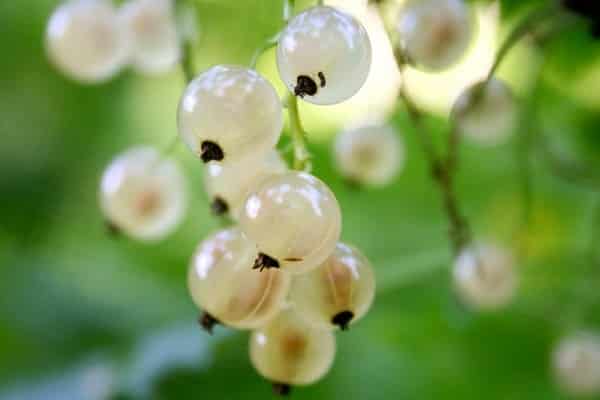
Ways to propagate a bush
White currants reproduce quite easily. This is within the power of a novice gardener.
By cuttings
With this method of reproduction, the preparation of planting material begins at the end of winter. 1-2-year-old semi-lignified cuttings are suitable for rooting. How to proceed:
- in February, cuttings are required (use only a healthy plant);
- treat the upper straight cut with wax or paraffin;
- treat the lower (oblique) cut with a growth stimulator ("Kornevin");
- place the stalk in a jar of water so that the liquid only slightly covers the oblique cut;
- after rooting, the plants are planted in a school for growing.
In autumn, young bushes can be planted in a permanent place.
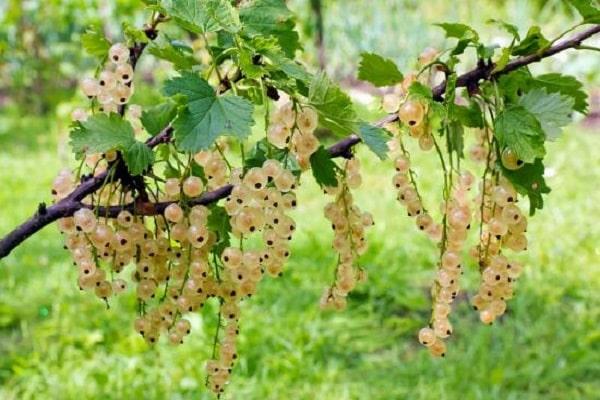
Layers
Reproduction by layering is the easiest way. An annual currant shoot is pinned to the ground and sprinkled with soil. The top of the shoot is cut off. Flowers or ovaries are removed. The site of potential rooting is regularly moistened.
At the end of the season, the twig will take root. The bush is planted in a permanent place in the spring.
